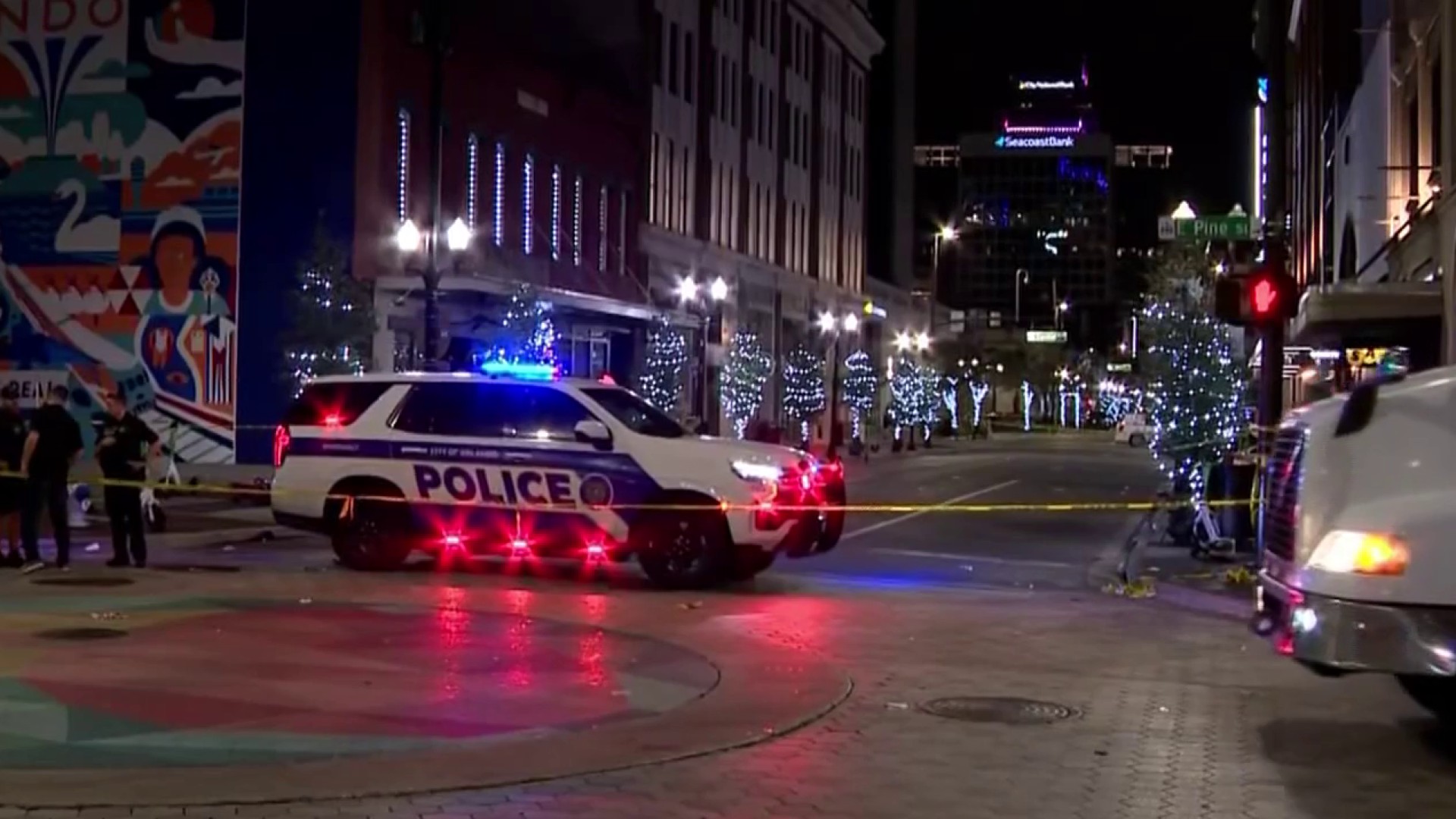The 1985 MOVE bombing may be Philadelphia's darkest hour. But the tragedy's newest developments -- which happened just this week -- have added even more heartbreak and confusion for survivors.
MOVE survivors say they aren't sure what to believe. Thursday, they heard that remains of their relatives who died in the bombing were cremated and discarded. Friday, they heard that maybe the remains weren't discarded after all.
"We don’t trust anything they are saying about these remains," said Janine Africa, a member of the MOVE movement. "You changed the story four times.”
"There is nothing they can do to make this better,” she said.
Members of MOVE held an event Saturday after the roller-coaster revelations of this week. Thursday's news that the city's medical examiner's office had disposed of the remains in 2017 led Mayor Jim Kenney to apologize to the Africa family and ask the city's health commissioner, Dr. Thomas Farley, to resign.
Late Friday, Kenney said that the remains hadn't been disposed of after all. But that news just increased the confusion over the status of the remains of the 11 people killed in the MOVE bombing.
Some remains were kept by academics at the Penn Museum and Princeton; others were apparently stored in a cardboard box marked "MOVE" at the medical examiner's office.
U.S. & World
The victims' family members are still confused.
"One minute they’re talking about they have the bones, the next minute they’re talking about they cremated them," said another MOVE member Saturday.
Feeling out of the loop? We'll catch you up on the Chicago news you need to know. Sign up for the weekly Chicago Catch-Up newsletter.
"Then you come back and say, I didn’t cremate them, they are intact," Janine Africa said. "So now, what do we believe?"
In 1985, members of the back-to-nature Black liberation group MOVE were living in a home on Osage Avenue in West Philadelphia. After lengthy tensions with neighbors and police at that location, they were ordered, but refused, to leave the home.
A long standoff resulted. Eventually, led by then-Mayor Wilson Goode and then-Police Commissioner Gregore Sambor, police dropped two bombs on the roof of the Osage Avenue home.
The home caught fire. Five children and six adults were killed, and more than 60 nearby homes were destroyed or damaged. The catastrophe led to investigations, lawsuits, and intense recriminations for city leaders who had ordered the bombing of their own citizens.
Only recently, media outlets began to question the fate of the remains of MOVE victims recovered from the home. Billy Penn reported that a box of remains had been kept at the Penn Museum for decades, and possibly transferred to Princeton.
Then Friday, Kenney revealed that Farley had ordered the cremation of remains that had been stored at the city's Medical Examiner's office. Farley said that he had thought he was following procedure, but now regrets his decision.
"It's appalling," Kenney said at a press conference Thursday afternoon. "If I had known three years ago, it would have been handled differently."
Friday afternoon, the city reversed itself and said the remains -- bones and bone fragments -- had not been destroyed and instead had been located in a box in a refrigerated area of the office.
The remaining MOVE members say they just want to be able to bring the remains of their loved ones home.
"I want the city to do right, to give us our what they claim they have. Give it to us and let us do with them what we want to be done properly," said Consuewella Africa Saturday. "Because they are our children."



